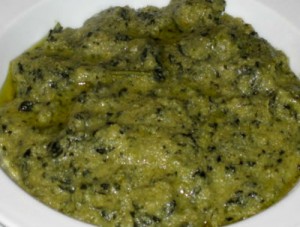Impossible to describe the variety of food that you can find in Italy and in Tuscany! Perhaps it is useful some suggestions on some dishes that are so special and belonging to the tradition of Pistoia that you should know to understand what you are eating if you order them!
– Pappa al pomodoro (tomato and bread soup): is one of the most famous and prepared dishes of our culinary tradition, with a large number of variations.
– Minestra di pane and Ribollita: These are two of the best uses for sliced Tuscan bread (crusty, firm of crumb, and without salt). Tuscans make this soup (Ribollita is Minestra di Pane reheated) with cavolo nero, black leaf kale, a long-leafed variety of winter cabbage whose leaves are a very dark purplish green. When it’s reheated the next day, Minestra di Pane becomes Ribollita, and is even better! It is a famous Tuscan soup and there are many variations; like most Tuscan cuisine, the soup has peasant origins. It was originally made by reheating (i.e. reboiling) the leftover minestrone or vegetable soup from the previous day. Some sources date it back to the Middle Ages, when the servants gathered up food-soaked bread trenchers from feudal lords’ banquets and boiled them for their own dinners.
– Farinata di cavolo nero (black cabbage and maize soup): This dish comes from the uplands and uses yellow or maize flour that was seldom used down in the valley unless for making “gnocchi”, prepared with a meat sauce. This recipe can only be prepared in winter, when fresh Tuscan kale (black cabbage) appears. The best time is after the early frosts which seem to give tone and vigour to the leaves of this uncommon vegetable which only now is beginning to be sold abroad. The farinata was normally an evening dish after which it was left to firm up overnight and then sliced next morning and grilled for a hearty meal. Or it was fried and garnished with a tomato sauce and served again as a fairly inexpensive way of satisfying the pangs of hunger.
– Trippa (Florentine tripe): It’s a second course, it is not an exclusively Tuscan food but can be found in many variations throughout Italy. Tripe is offal composed of several cuts of the stomach of the animal, but we point out, the animal has well four stomachs, so that referring to the tripe is called the “rumen”. How tripe is prepared? Tripe must obviously be washed and after that cut into strips then adding it to sauté of onions, carrots and celery cut into small pieces. Then add the tomatoes and cook until the water rollback of tripe and tomatoes. Serve hot, sprinkled with pepper, if desired grated Parmesan cheese and a drizzle of olive oil.

– Lampredotto: As we mentioned before the tripe, cow has four stomachs, one defined lamprey is the abomasum. This is definitely the best “street food” best-known by tourists, It Is available in various kiosks in Florence, also called “lampredottai” or “the tripe”. The cooking is very simple entrails go into the water with tomato, onion, parsley and celery. Once cooked, you can eat it like a normal boiled with green sauce, but definitely the most typical is cut into small pieces as a filling for a sandwich dipped in a savoury Tuscan cooking broth of the lamprey. It is seasoned with salt, pepper, green sauce and optionally with a spicy oil. Widespread on the shelves of lampredottai is also the version in zimino, or with a wet leafy greens, beets generally.




